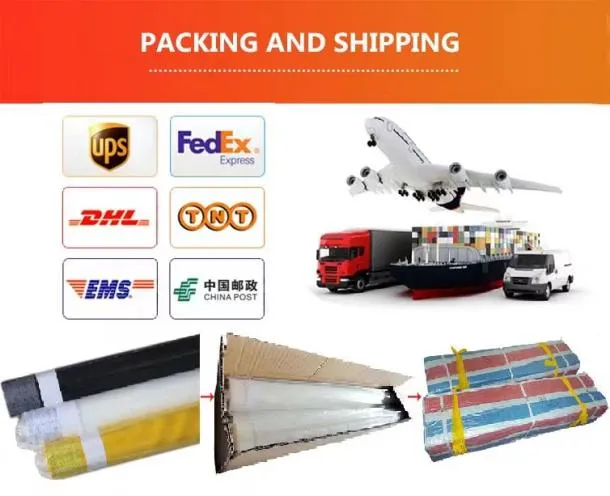-
 Afrikaans
Afrikaans -
 Albanian
Albanian -
 Amharic
Amharic -
 Arabic
Arabic -
 Armenian
Armenian -
 Azerbaijani
Azerbaijani -
 Basque
Basque -
 Belarusian
Belarusian -
 Bengali
Bengali -
 Bosnian
Bosnian -
 Bulgarian
Bulgarian -
 Catalan
Catalan -
 Cebuano
Cebuano -
 China
China -
 Corsican
Corsican -
 Croatian
Croatian -
 Czech
Czech -
 Danish
Danish -
 Dutch
Dutch -
 English
English -
 Esperanto
Esperanto -
 Estonian
Estonian -
 Finnish
Finnish -
 French
French -
 Frisian
Frisian -
 Galician
Galician -
 Georgian
Georgian -
 German
German -
 Greek
Greek -
 Gujarati
Gujarati -
 Haitian Creole
Haitian Creole -
 hausa
hausa -
 hawaiian
hawaiian -
 Hebrew
Hebrew -
 Hindi
Hindi -
 Miao
Miao -
 Hungarian
Hungarian -
 Icelandic
Icelandic -
 igbo
igbo -
 Indonesian
Indonesian -
 irish
irish -
 Italian
Italian -
 Japanese
Japanese -
 Javanese
Javanese -
 Kannada
Kannada -
 kazakh
kazakh -
 Khmer
Khmer -
 Rwandese
Rwandese -
 Korean
Korean -
 Kurdish
Kurdish -
 Kyrgyz
Kyrgyz -
 Lao
Lao -
 Latin
Latin -
 Latvian
Latvian -
 Lithuanian
Lithuanian -
 Luxembourgish
Luxembourgish -
 Macedonian
Macedonian -
 Malgashi
Malgashi -
 Malay
Malay -
 Malayalam
Malayalam -
 Maltese
Maltese -
 Maori
Maori -
 Marathi
Marathi -
 Mongolian
Mongolian -
 Myanmar
Myanmar -
 Nepali
Nepali -
 Norwegian
Norwegian -
 Norwegian
Norwegian -
 Occitan
Occitan -
 Pashto
Pashto -
 Persian
Persian -
 Polish
Polish -
 Portuguese
Portuguese -
 Punjabi
Punjabi -
 Romanian
Romanian -
 Russian
Russian -
 Samoan
Samoan -
 Scottish Gaelic
Scottish Gaelic -
 Serbian
Serbian -
 Sesotho
Sesotho -
 Shona
Shona -
 Sindhi
Sindhi -
 Sinhala
Sinhala -
 Slovak
Slovak -
 Slovenian
Slovenian -
 Somali
Somali -
 Spanish
Spanish -
 Sundanese
Sundanese -
 Swahili
Swahili -
 Swedish
Swedish -
 Tagalog
Tagalog -
 Tajik
Tajik -
 Tamil
Tamil -
 Tatar
Tatar -
 Telugu
Telugu -
 Thai
Thai -
 Turkish
Turkish -
 Turkmen
Turkmen -
 Ukrainian
Ukrainian -
 Urdu
Urdu -
 Uighur
Uighur -
 Uzbek
Uzbek -
 Vietnamese
Vietnamese -
 Welsh
Welsh -
 Bantu
Bantu -
 Yiddish
Yiddish -
 Yoruba
Yoruba -
 Zulu
Zulu
Affordable Options for Anti-Hail Nets to Protect Your Crops and Investments
Understanding Anti-Hail Nets Pricing, Benefits, and Market Trends
Hailstorms can cause significant damage to crops, leading to financial losses for farmers and agricultural producers. As climate change continues to exacerbate weather unpredictability, more agriculturalists are turning to protective measures, one of which includes the installation of anti-hail nets. This article will delve into the pricing of anti-hail nets, their benefits, and the factors influencing the market.
What Are Anti-Hail Nets?
Anti-hail nets are protective structures designed to shield crops from hail damage. These nets are typically made from high-density polyethylene (HDPE) that is capable of withstanding extreme weather conditions while allowing sunlight to penetrate. By covering fields with anti-hail nets, farmers can considerably reduce the risk of hail-related crop loss, thus safeguarding their livelihoods.
Pricing of Anti-Hail Nets
The price of anti-hail nets varies widely based on several factors, including material quality, net size, installation costs, and regional market dynamics. On average, the cost of anti-hail nets can range from $0.10 to $0.50 per square meter, depending on the durability and specifications of the material used. Additional expenses, such as labor for installation and maintenance, can further affect the overall cost.
For example, larger farms may require more extensive coverage, leading to a higher total investment. However, this investment can lead to substantial returns during seasons with high hail frequency, mitigating potential losses that could exceed several thousand dollars per hectare.
Benefits of Anti-Hail Nets
1. Crop Protection The primary advantage is straightforward—anti-hail nets provide a physical barrier that shields crops from hailstones, reducing the incidence of torn leaves and broken branches.
2. Enhanced Yield Quality By minimizing physical damage from hail, these nets help ensure the quality of produce remains high, which is crucial for marketability. This is particularly important for fruits and vegetables that are susceptible to bruising.
anti hail net price

3. Microclimate Regulation Anti-hail nets can also create a more stable microclimate for crops. They can help moderate temperature extremes and reduce wind speed, leading to improved growing conditions.
Market Trends and Factors Influencing Prices
The demand for anti-hail nets is growing, driven by increasing awareness of climate change and extreme weather. Farmers are becoming more proactive in adopting protective measures, which is leading to steady market growth. Additionally, governments in various countries are promoting agricultural resilience to climate-related risks, further enhancing market prospects.
Several factors influence the price and availability of anti-hail nets
- Raw Material Costs The pricing of polyethylene and other essential materials used in net manufacturing can directly impact the cost of anti-hail nets. - Technological Innovations Advancements in net technology, including UV protection and improved strength, may come at a premium but offer better long-term value through enhanced durability.
- Geographical Variation The prevalence of hailstorms in specific regions drives demand. Areas with recurring hail issues tend to see more competitive pricing and the availability of different types of nets.
- Economic Conditions Broader economic factors, such as inflation and changes in tariffs, affect production costs, which can influence the end price for consumers.
Conclusion
In conclusion, anti-hail nets represent an important investment in safeguarding crops against hail damage. While the initial costs can vary, the long-term benefits of crop protection, quality preservation, and improved yield make them a worthwhile consideration for farmers facing the increasing unpredictability of weather patterns. As the market for anti-hail nets continues to grow, it is vital for farmers to remain informed about pricing trends, technological advancements, and government support mechanisms that could affect their investment decision.
-
Shipping Plastic Bags for Every NeedNewsJul.24,2025
-
Safety Netting: Your Shield in ConstructionNewsJul.24,2025
-
Plastic Mesh Netting for Everyday UseNewsJul.24,2025
-
Nylon Netting for Every UseNewsJul.24,2025
-
Mesh Breeder Box for Fish TanksNewsJul.24,2025
-
Expanded Steel Mesh Offers Durable VersatilityNewsJul.24,2025











